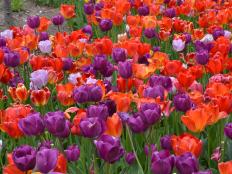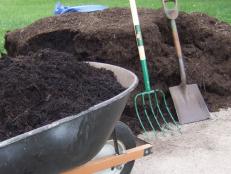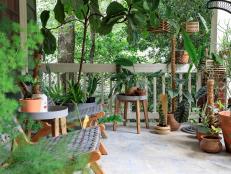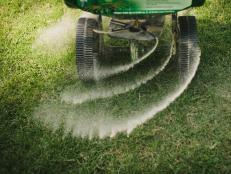Colchicums

Colchicums are an uncommon plant with an interesting common name. Known as naked ladies, the colchicum is a member of the lily family, not crocus, and produces autumn blooms without foliage. In fact, it's the only flowering bulb to bloom while dormant.
Everybody has a beautiful garden in the spring, says Joe Eck, a garden designer from Readsboro, Vt. "But gardeners want a real garden in the summer, fall and, truth be told, in the winter. The easiest of fall effects to achieve can be done with these bulbs."
These flowers are a well-kept secret among flower aficionados. "American gardeners are becoming much more sophisticated," says Eck. "They're in pursuit of the rare and unusual, what they haven't had a chance to grow before. And when there's that demand, then the market responds."
The problem with colchicums is that the market doesn't have long to respond. Growers have a short dormancy in July and August to dig, divide, package and send the bulbs to distributors. Soon thereafter they need to be planted. This is why you won't find colchicums sitting on nursery shelves.
It's also why colchicums are relatively pricy. One bulb can cost anywhere from $5 to $15. While they're pricy, that initial investment can yield high returns.
"In terms of their reproductive capacity, they're very easy to divide. They make many offsets quickly, so if you start with one bulb, you'll have seven or eight in a couple of years," says Eck. "Multiply that by perhaps 100, and you can see how quickly you can build up a very large collection."

Colchicums are technically corms, which have an underground stem base, but many gardeners refer to them as bulbs because that's what they look like. No matter what you call them, they don't need much cultural coddling. "They're not fussy to grow at all," says Eck. "They merely want good well-drained soil and ample water in the growing season, and in the dormant period a little dryness, which is pretty easy to provide at the end of the summer."
However, colchicums do contain a poisonous substance called colchicine, which should not be ingested. Dogs and cats leave the plant alone, but it can be deadly to grazing livestock.
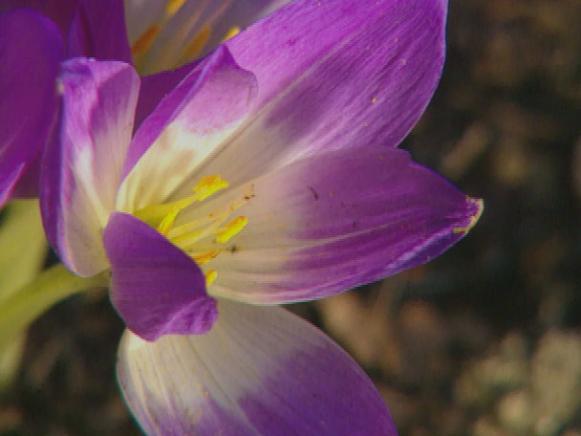
As the clumps of flowers get more and more plentiful with around seven or eight flowers per each bulb, it's time to dig and divide. One thing to know about dividing colchicum: The bulbs are often very deep. To avoid splitting the clump and potentially destroying the corm, dig straight down and deeply to get underneath the growth. Then gently lift the clump out.
The corms tease apart easily after you knock the dirt off. Replant your new divisions about six to 10 inches apart. Planting depth for these corms is more important than spacing. A depth of about five to six inches will do, but they can even be planted as deep as one foot. The non-flowering corms can also be planted, but it may take a few years before they flower, however.
In Eck's USDA Zone 4 garden, colchicum will spend the winter covered by a blanket of snow. "Then in early spring, in late March or April, wonderful tufts of green cabbage-like foliage appear," he says. "It's really quite thrilling, quite handsome, very large, big pleated leaves which are attractive until July."
No matter how ratty the foliage gets in July, resist the temptation to cut it off. The plant is making food for the flowering season ahead, and while unsightly, the process is completely necessary. "The thing you need to take into consideration is that for a month, perhaps six weeks, the colchicums are going to be absolutely unsightly," says Eck, so he recommends diverting attention with other plants.

Eck combines colchicums with conifers to draw the eye up and away from yellowing foliage, while plants like Cosmos suplphureus act as a cover closer to the ground.
Meconopsis cambricas are in the same family.
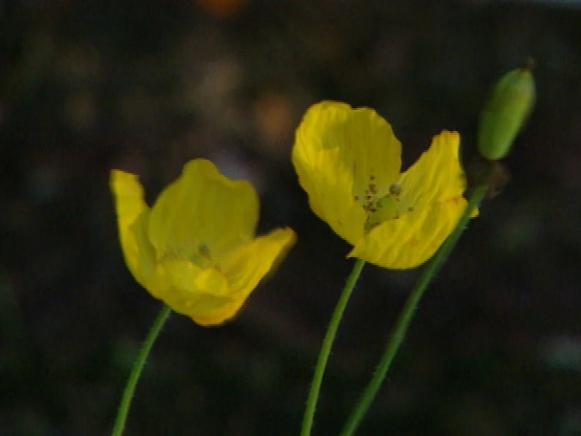
Try to put colchicums somewhere where they can be visited and enjoyed when they're looking good, and ignored when they're not.
Fall is the time when the garden gets ready for its winter rest, and colchicum is no exception. "One of the things about colchicum is that as the flowers mature, they get a little lax. They lie down on the ground, and that's just part of the plant and you've got to love it," says Eck. "I know gardeners who will come out and cut away all the lax flowers, but that's really to fight the very nature of the plant."
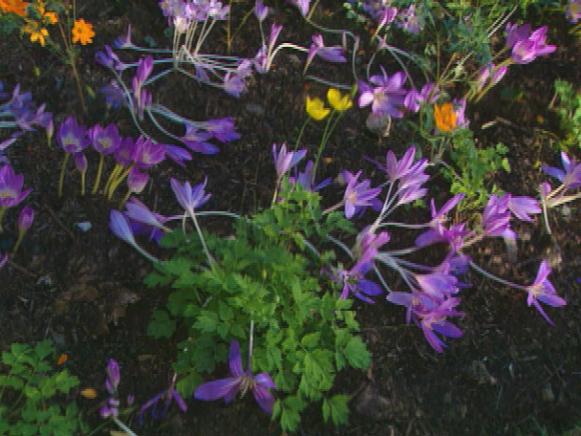
If you want to cut the flowers, it won't hurt the plant. In fact, colchicum flowers make beautiful floral arrangements. Or you can enjoy the colorful garden carpeting until it's erased by winter.






